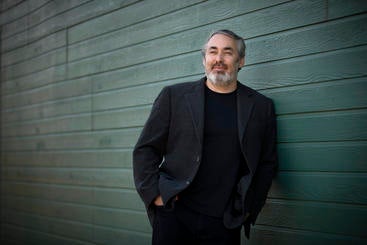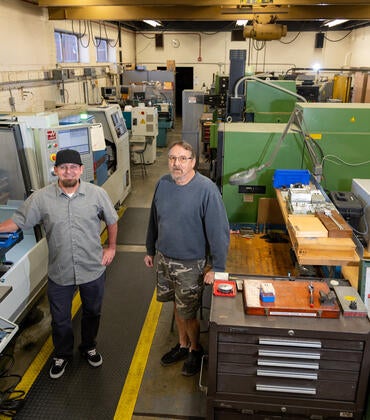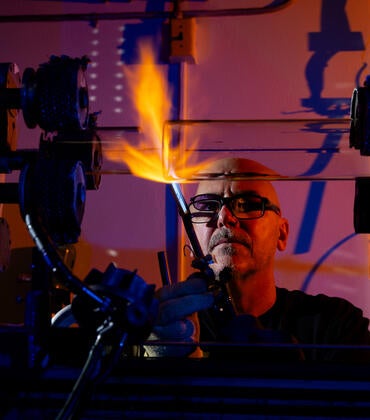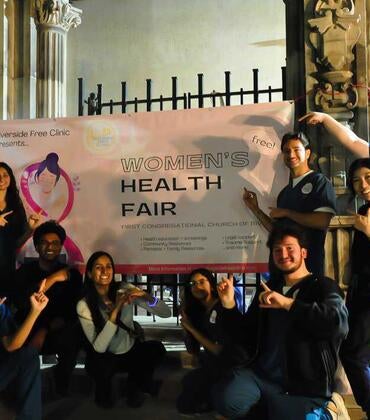Virtual villages, including online support groups, can help reduce isolation and promote better health in vulnerable populations, such as people living with HIV, aged 50 years and older (PLWH 50+). A study led by Brandon Brown in the UC Riverside School of Medicine developed and pilot-tested a virtual village intervention tailored for PLWH 50+ and found it enhanced social engagement and improved aspects of mental wellbeing in this population.
According to Brown, virtual villages have gradually gained popularity, especially during the past decade with increased accessibility to the internet through mobile and other devices. They can be a possible intervention for supporting PLWH 50+ during the COVID-19 pandemic and beyond, he said.
“They can promote aging-in-place and support older PLWH who live anywhere if they have adequate internet access,” said Brown, a professor of social medicine, population, and public health. “Our virtual village shows that a community of older adults can connect with each other and provides social and instrumental support for them to live independently in their homes.”
The 20 participants from the Tampa Bay region in Florida, the Palm Springs/Coachella Valley area in California, and the Los Angeles metropolitan area were socioeconomically and racially/ethnically diverse, aged 51–88 years, with 75% identifying as gay or bisexual men. They engaged with the virtual village at least once a week for four weeks (between August and September 2022).
Surveys that Brown and his team conducted before and after the participants used the virtual village assessed their demographic characteristics, degree of loneliness, social connectedness, HIV-related stigma, technology acceptance, mental wellbeing and physical health outcomes, and user experience. Comparing the responses, the team found a significant increase in participants’ mean social engagement scores and a significant decrease in participants’ mean negative affect scores following the intervention.
“Participants reported a positive sense of connectedness to the virtual village community,” Brown said. “A unique feature of our village is that it was co-developed with members of the older PLWH community it intended to serve. Villages like ours can connect people across vast distances when in-person contact is difficult. They can bring folks together outside their normative physical networks, people whom they would not be able to connect with otherwise.”
In the United States, PLWH 50+ make up more than half of persons living with HIV and face many challenges to successful aging.
“In future studies, we plan to include a larger population of diverse people aging with HIV to better understand how virtual villages can respond to the variety of nuanced experiences among older PLWH,” Brown said.
The study appears in AIDS Care. Brown is the senior author on the study. First and corresponding author Andrea Polonijo worked on the research when she was at UCR.
Header image credit: oonal, iStock/Getty Images Plus.





